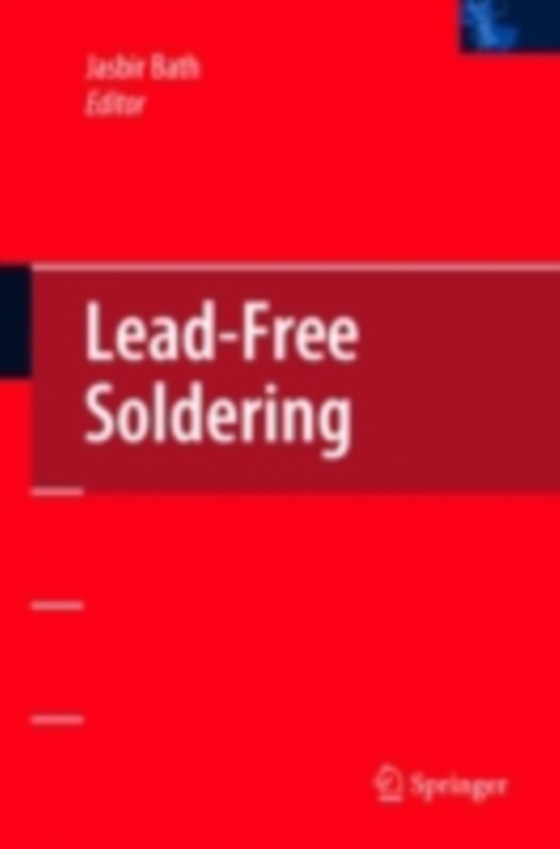
Lead-Free Soldering e-bog
875,33 DKK
(inkl. moms 1094,16 DKK)
The past few years have seen major developments in soldering materials and processes for electronics assembly manufacture due to the movement from tin-lead to lead-free soldering. The removal of lead from electronics solders due to environmental considerations first developed with proposed US legislation in the early 1990s. At that time, the alternatives had not been fully explored, so a ban on...
E-bog
875,33 DKK
Forlag
Springer
Udgivet
26 juni 2007
Genrer
Environment, transport and planning law: general
Sprog
English
Format
pdf
Beskyttelse
LCP
ISBN
9780387684222
The past few years have seen major developments in soldering materials and processes for electronics assembly manufacture due to the movement from tin-lead to lead-free soldering. The removal of lead from electronics solders due to environmental considerations first developed with proposed US legislation in the early 1990s. At that time, the alternatives had not been fully explored, so a ban on the use of lead in electronic solders was put on hold. However the seed was sown for development with various projects initiated during the 1990s in Europe, the Americas, and Asia. Based on government pressures, Japan OEMs began to move to lead-free solder products from 1998 and this, combined with the European Union ROHS (Restriction of Hazardous Substances) legislation enacted in 2006, drove the global manufacture of electronics consumer products with le- free solders. From 1998 to the present, the development of lead-free solder materials and processes has progressed to such an extent that development work moving forward will typically only concentrate on lead-free solders and components rather than tin-lead solders and components. This book aims to give the latest information on development of the lead-free soldering materials and processes and identify where more work is needed. The chapters of the book describe legislation, alloys, reflow, wave, rework, reliability, backward and forward process compatibility, PCB surface finishes and PCB laminates, and standards affecting the general lead-free soldering arena.
 Dansk
Dansk

